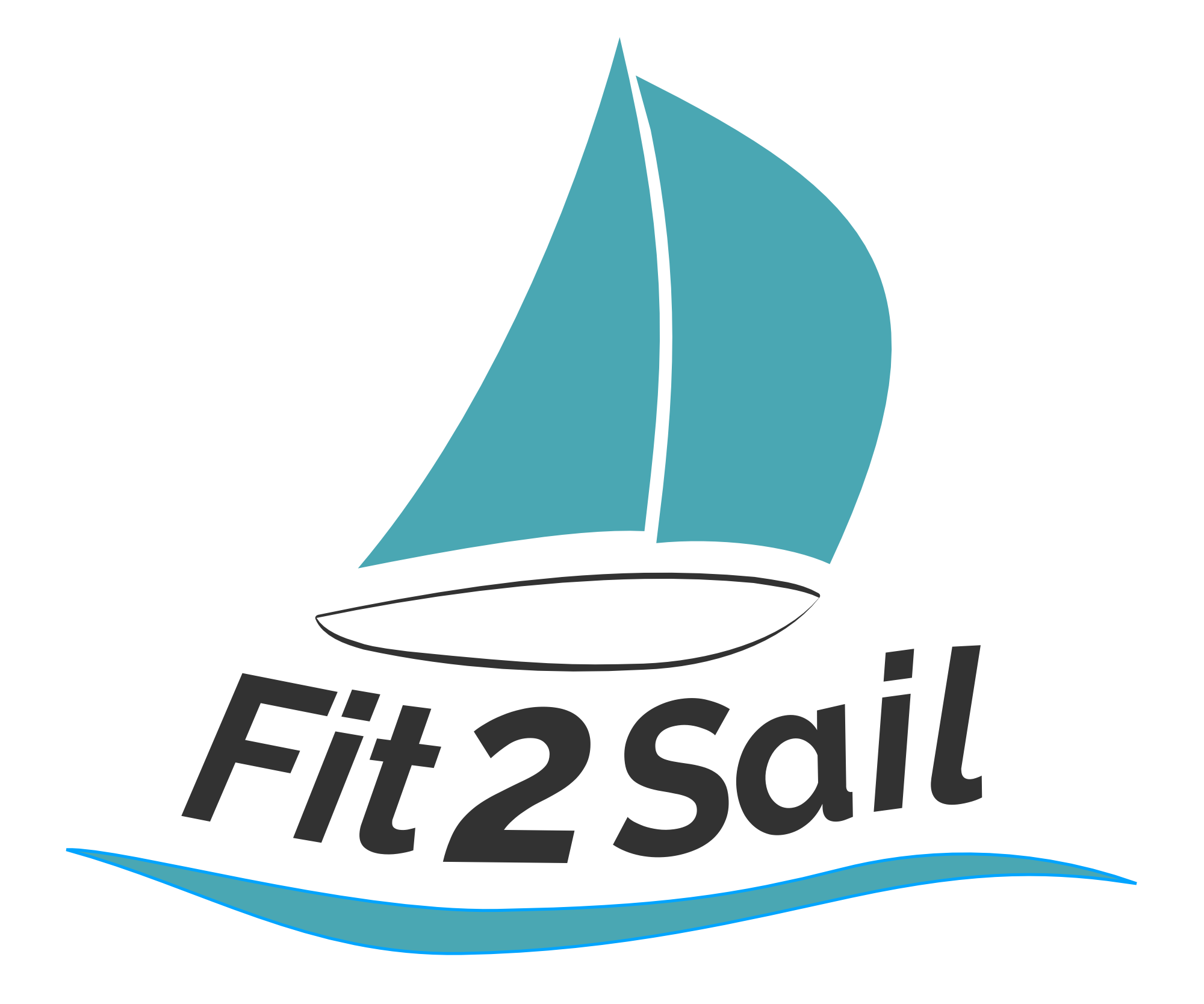Wiring
Jeremy’s been delving into wiring lately. One of our “must be done before we leave the dock” projects is the new windlass installation. We’re replacing our trusty, bullet-proof manual windlass (double action, with 2 levers - you should see me in action on the bow!) with an electric one.
Why? Why replace a tried and true beautiful piece of bronze hardware that’s been with the boat since she was new in 1976? That thing has helped us retrieve hurricane gear. Gotten us out of tough spots when the wind shifted in the middle of the night. Never failed to bring up the hook.
Trusty manual windlass.
Ah the hook. Calypso displaces 14,000 lbs, way more than most 28 footers you’ll find. Heck, it’s almost double the displacement of my friend Carolyn Shearlock’s 34’ catamaran. We have happily cruised with our 35 lb CQR and a 15 kilo (33 lb) Bruce as our main anchors, and we’ve been really pleased with how they perform. We tend to use all chain and almost never put down less than 8:1 scope.
We’ve also cruised primarily in the Bahamas and the Eastern Caribbean, and now the Chesapeake Bay. The deepest we’ve anchored is probably 35 feet. Most of the time we’re anchoring in 10’ or so. The Pacific, where we’re headed, is known for deeper spots.
We’re also getting older. That double action of frantically levering the chain a few inches up at a time while the bow crashes down in a short chop scenario, then clinging onto the bowsprit as the whole thing rears up, over and over again? At 2 in the morning during a squall? When I could instead be safely back on the foredeck, whirring up the chain with a windlass during that downward plunge?
Electric windlass it is*. And to go with our new, heavy-duty windlass, we’ve added another anchor to our stable: this 45 lb Mantus. (We have not yet figured out how we’re attaching it to the bow, so keep your eyes peeled for THAT project; a plumb bow with a long bowsprit is not the conventional set up for this kind of hook!) This will be our primary, enough heft to help us sleep even better.
45 pounds of “sleep like a baby”
Obviously, the manual windlass does not require any wiring, while the electric one absolutely does. So when we get to the work in the forepeak (the main salon and the galley come first, mostly), we’ll be wiring up the windlass with some really big honking cables.
There are those who set up a dedicated windlass battery, housed closer to where the unit actually is working. We’re (at least for now, in the theoretical and research and thinking hard about it stage) not planning to do that but instead will run the wiring back to the main battery bank, which is about 20 feet away back in the galley area.
I say “mostly” when saying the galley comes before wiring because really, it’s all interconnected. The engine compartment and the battery installation, the electrical panel and thinking about where everything is going and how it’s getting to where it needs to be - it’s not like we can say “oh, galley is done. Now on to wiring” because we’ll be doing a lot of the thinking and planning and understanding of how it will all go together long before we install the first of the new bulkheads in that space.
If we talk about wiring as the way we make things work in the metaphorical sense as well as wiring the practical actual WIRES . . . yeah, we’re talking about wiring.
Weird that this feels like progress.
*As an Amazon Associate I earn from qualifying purchases.


